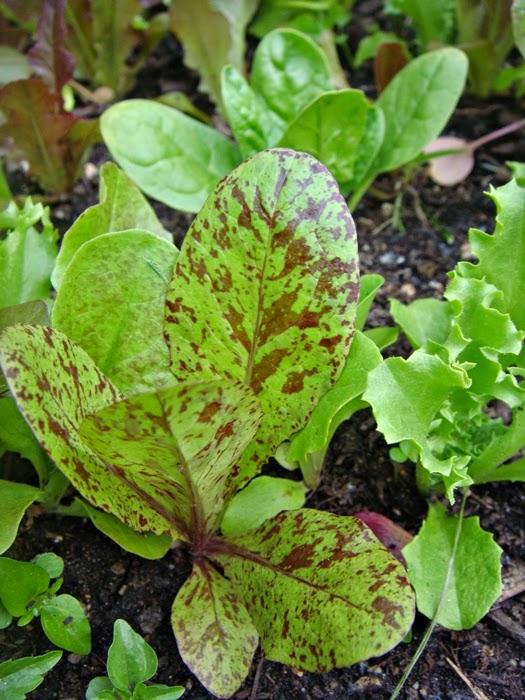| Cafe Drake HRV is growing a small amount of a widening range of salad greens in 2014 - arugula, Freckles lettuce, Marvel of 4 Seasons, Chicory, Endive di Ruffee, a baby spinach known as Ricco d' Asti and petite Swiss Chard Argentana. Bottom Line: Endless options abound for tender, miniature garden greens. All should be sowed directly into the ground or a shallow, wide container. While many vegetables and flowers must be started indoors as seeds, seedlings require coddling and even under the most elaborate care have a moderate survival rate. No such worries though with the lettuces. |





















Comments